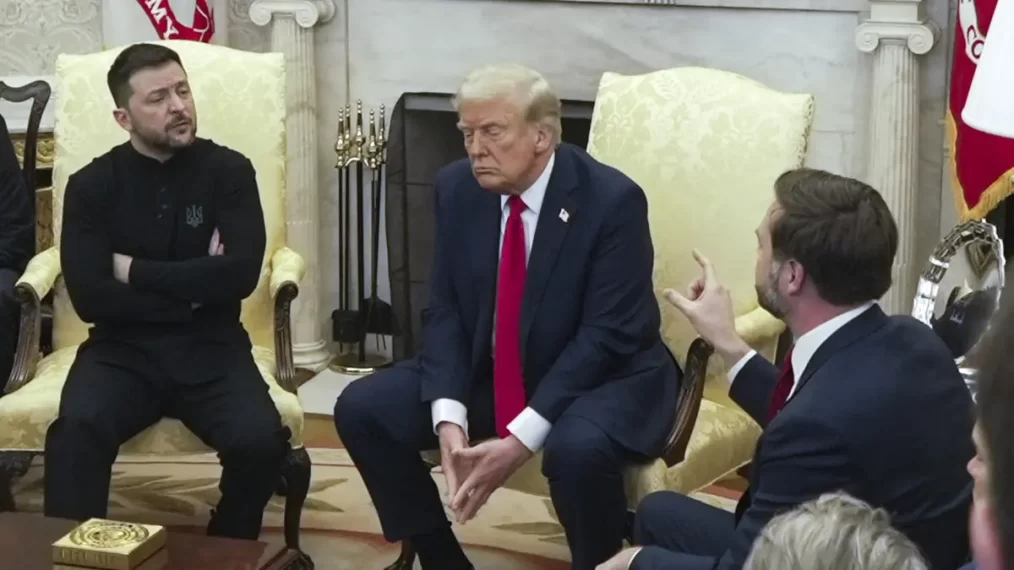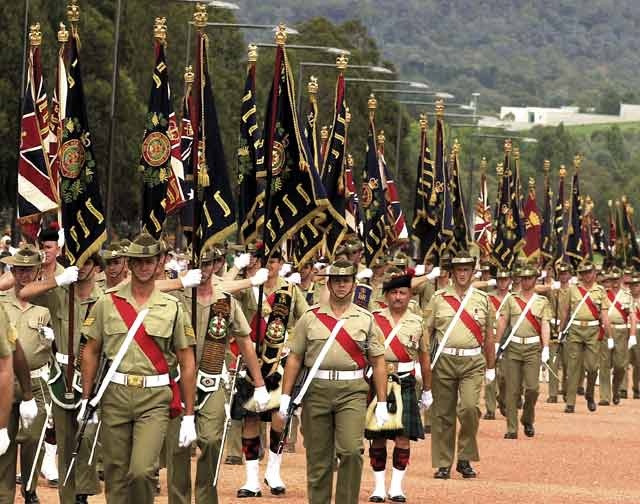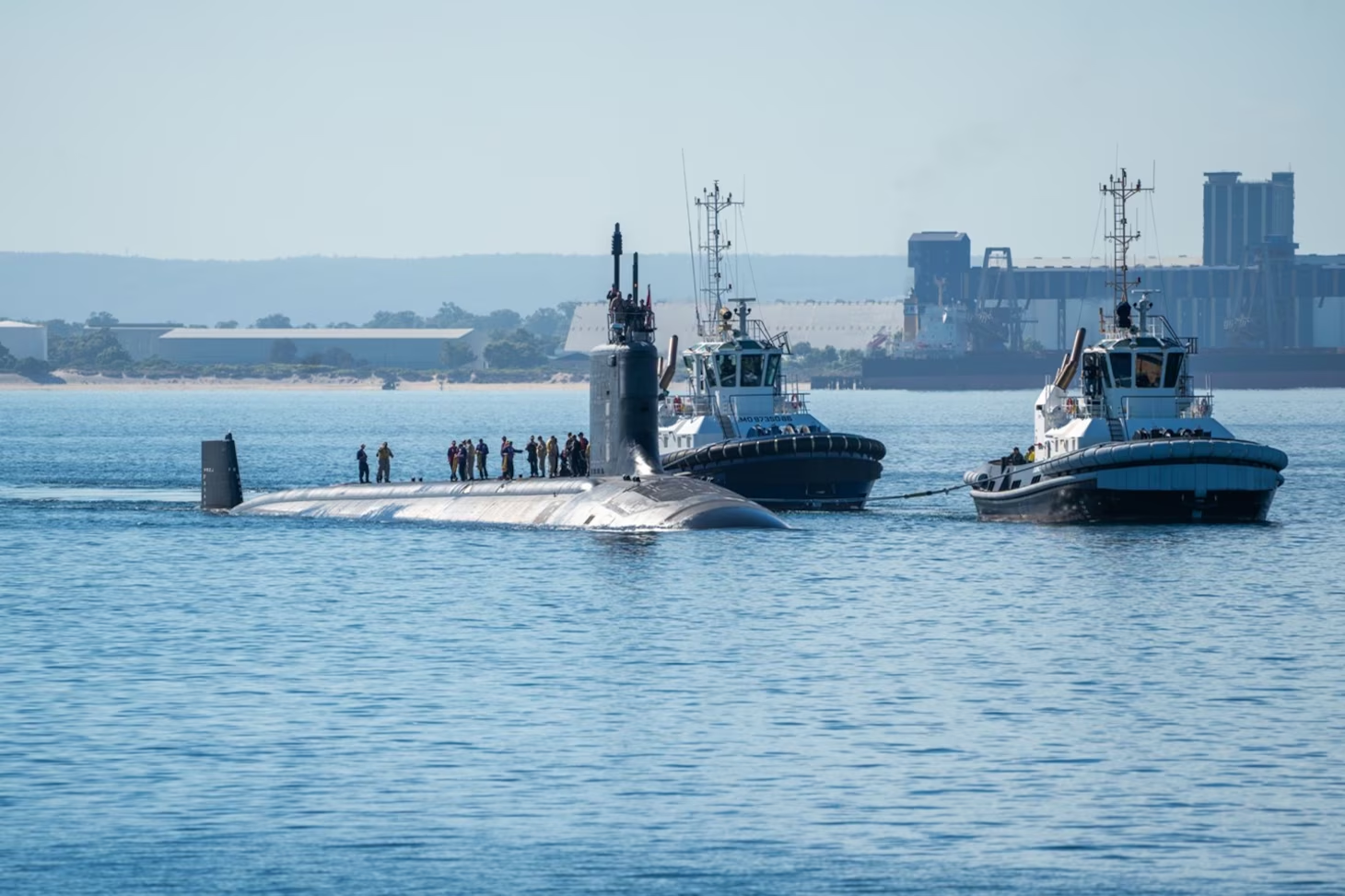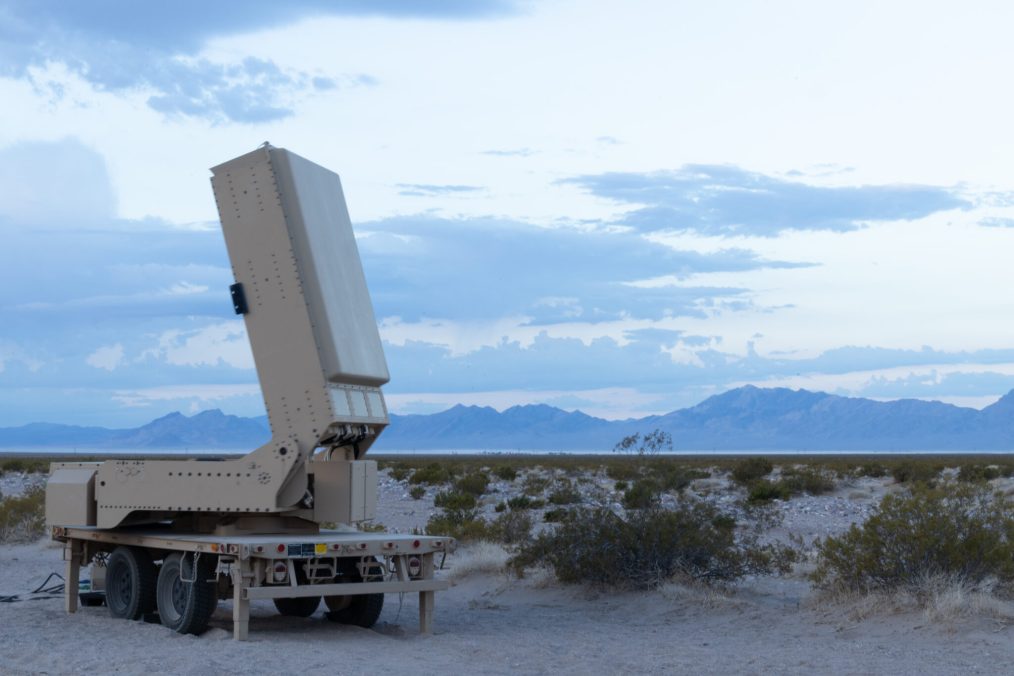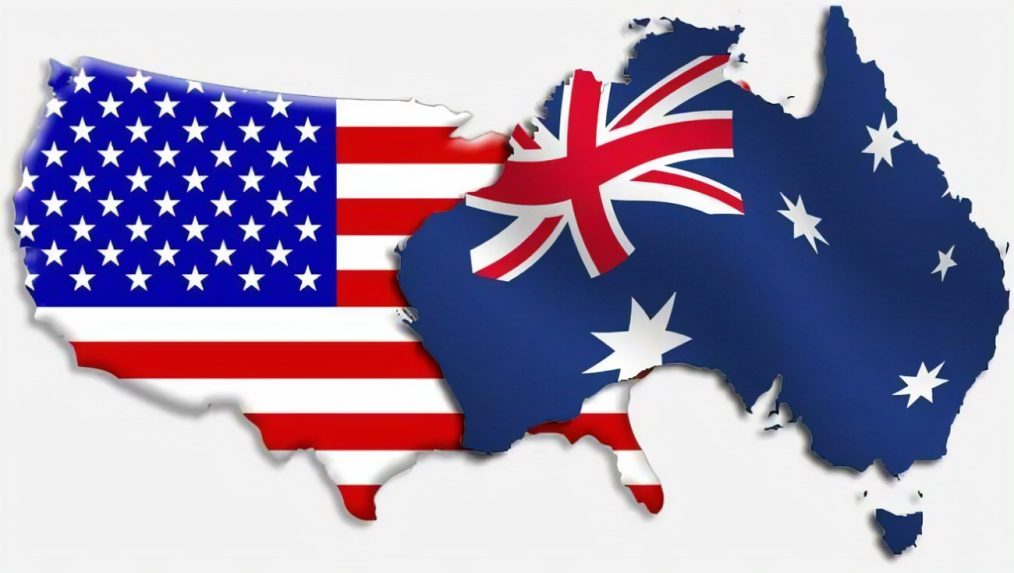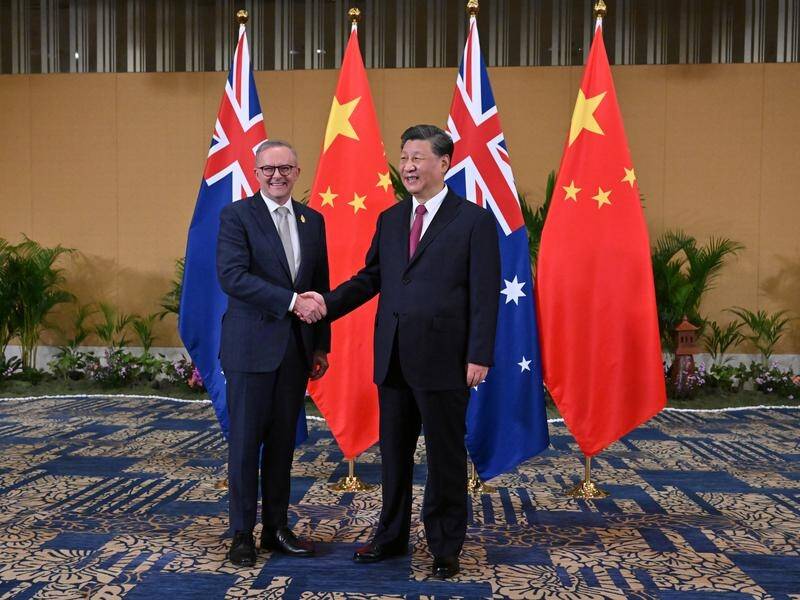The Australian Army was established on 1 March 1901 following the federation of Australia. This year marks 124 years of service, reflecting a proud history of evolution, resilience, and commitment to the nation.
Early Years and World Wars
Upon its formation, the Army integrated the separate colonial military forces into a unified entity. In its early years, it was primarily a part-time militia force, relying on horse-mounted cavalry and basic infantry weapons. The Army’s first major test came during World War I, where it played a pivotal role in the Gallipoli campaign in 1915. The Australian Imperial Force (AIF) was then heavily engaged on the Western Front, earning a formidable reputation for courage and endurance in battles such as Pozières, Passchendaele, and Villers-Bretonneux.
During World War II, the Army defended Australia and its interests in the Pacific and European theatres. The Kokoda Track campaign in 1942 was a defining moment, as Australian troops halted the Japanese advance in Papua New Guinea. The Army also contributed to Allied victories in North Africa, the Middle East, and Southeast Asia.
Post-War Operations and Modernisation
Following World War II, the Army was involved in peacekeeping and combat operations worldwide. It served in the Korean War (1950-1953), fighting alongside United Nations forces, and later in the Malayan Emergency (1948-1960) and the Indonesian Confrontation (1963-1966). The Vietnam War (1962-1973) saw Australian troops engaged in counterinsurgency warfare, with notable battles such as Long Tan in 1966 and Coral-Balmoral in 1968.
The late 20th and early 21st centuries saw further transformation, with a focus on peacekeeping and humanitarian operations. The Army played crucial roles in East Timor (1999-2000), the Solomon Islands, and Afghanistan (2001-2021). In domestic operations, it has provided disaster relief, assisted in border protection, and supported emergency responses to bushfires and floods.
Technological Advancements and Modern Force Structure
Over the decades, the Army has transitioned from a conventional force to a technologically advanced and highly mobile organisation. From relying on mounted cavalry and bolt-action rifles in its early years, today’s Army is equipped with state-of-the-art armoured vehicles, unmanned aerial systems, cyber warfare capabilities, and long-range precision strike assets. Modernisation efforts have enhanced its ability to conduct joint and interagency operations in an increasingly complex security environment.
The Army’s structure has also evolved. In its early years, units operated independently with limited coordination. Today, the Army is an integrated, networked force optimised for littoral manoeuvre, ensuring operational effectiveness across land and maritime domains.
Training, Values, and Recognition
The approach to training has transformed significantly. Early training focused on basic infantry drills, while today’s programs emphasise agility, leadership, and collaboration with allied forces. The Army values diversity and inclusion, strengthening partnerships, and fostering innovation in leadership development.
Despite these changes, the Army remains steadfast in its core values: service, courage, respect, integrity, and excellence. Each year, its birthday celebrations highlight the contributions of its people. The Jonathan Church Good Soldiering Awards, presented annually on the Army’s birthday, honour junior leaders who exemplify these values through leadership, ethical conduct, and compassion. This year’s recipients will be recognised at a special ceremony at Army’s Russell Offices in Canberra.
Legacy and Future
The Australian Army’s 124-year journey reflects a legacy of dedication and evolution. From its early militia roots to a modern, high-tech force, it continues to adapt to emerging security challenges while upholding the traditions and values that define its service to Australia. Looking ahead, the Army remains committed to innovation, readiness, and the defence of the nation in an ever-changing global landscape.

